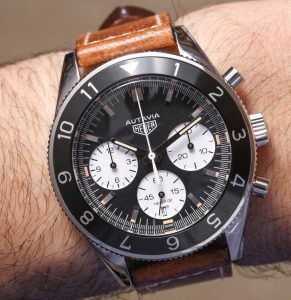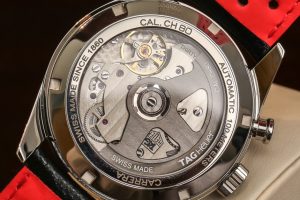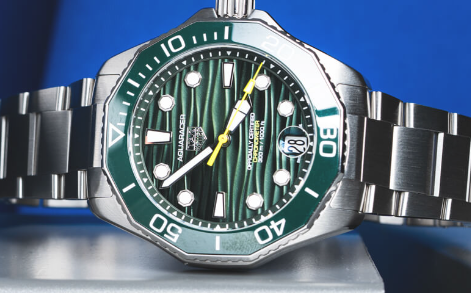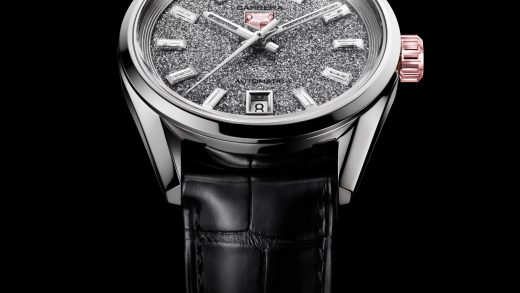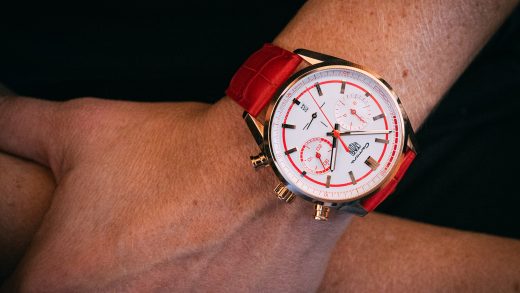You see, prior to the Autavia being around, TAG Heuer Replica had this amazing movement called the Calibre 1969 and later as the CH 80. For a series of reasons when Jean-Claude Biver came aboard he needed to mothball the CH 80 project until further notice. The movement was made and designed in-house, and probably the best modern chronograph the brand has made. People thought Biver killed it. I knew better. Biver was just waiting for the right moment to make the best use of the movement, which in many respects was too similar in price-point to the also in-house made Calibre 1887.
The Tag Heuer Autavia Calibre Heuer 02 Replica Watches has a vertical clutch for the chronograph which gives it a very satisfying and precise feel when operating the pushers. This feels likely better than most of the original Heuer Autavia Chronographs from years ago. The light-colored subdials are rubrics of legibility thanks to the slightly recessed matte light silver dials and high contrast black markers and hands. The relative availability of white space makes the otherwise tiny spaces feel bigger and thus easy to read.
In fact, TAG Heuer was re-releasing vintage watches since before it was popular back in the 1990s. Swiss Tag Heuer Watches doesn’t always communicate about it, but the brand has a lot of trailblazing in its DNA. The Autavia isn’t about trailblazing, but rather proof that TAG Heuer isn’t just a watch maker, but capable of producing design icons. In that sense the Autavia is almost a statement to the rest of the high-end watch industry from TAG Heuer saying “we own this look,” implying that no “respectable brand” can appropriate it for their upcoming watches.
The least vintage thing about the Autavia is the case size. While it is the perfect size for me at 42mm wide and about 17mm thick, actual vintage watches were typically much smaller. The reason this is important to mention is that vintage watch proportions don’t always translate when when ballooned. That isn’t an issue here because the Luxury Tag Heuer Watches appears to have been designed from the ground up as something new—instead of just something that follows visual themes found in older designs.
